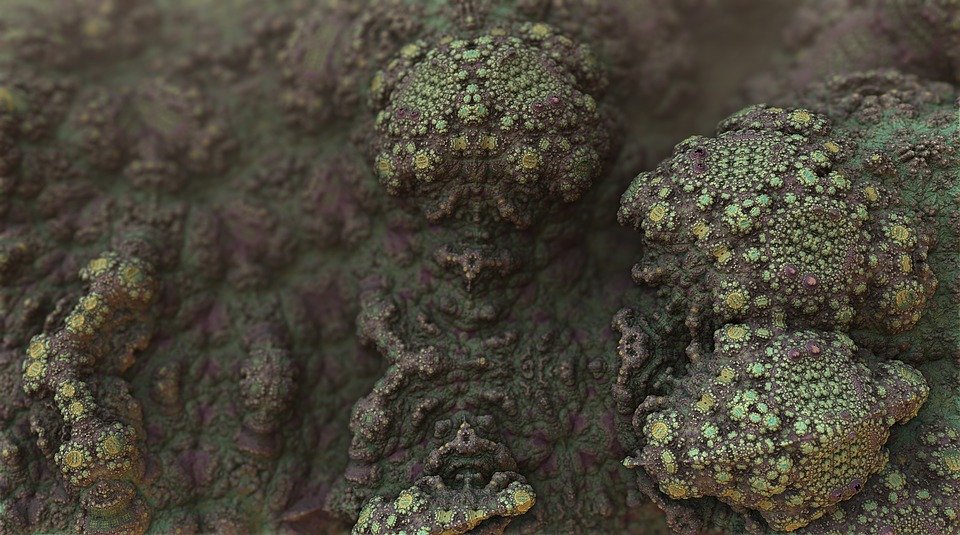We hear a lot about pollen causing allergies, but mold is a major culprit, too. If you experience allergies over multiple seasons, mold may be the source of your misery.

(Pixabay / TheDigitalArtist)
Mold can wreak havoc throughout the year. Indoor mold can grow indoors anywhere that there is moisture. Mold can be especially prominent in bathrooms, kitchens, laundry rooms, and basements. In winter in cold parts of the country, outdoor molds may go inactive, but they don’t necessarily die. They can become active again in the spring and thrive throughout summer and fall, growing on rotted logs, fallen leaves and compost piles.
There are thousands of types of mold, and some won’t cause you any trouble at all. In fact, only a few dozen of these types are allergenic. And fortunately, you can mitigate the effects of allergy-causing mold through avoidance and treatment.
Am I allergic to mold?
Mold allergies can lead to the following symptoms:
- Sneezing
- Runny or stuffed-up nose
- Eczema (dry, raised, itchy skin patches)
- Fatigue
- Sinusitis
- Coughing
- Wheezing
- Asthma
If you think you have a mold allergy, talk to your doctor. They can perform a skin test to give you an accurate diagnosis.
Why does mold make me feel miserable?
We’ve heard so many nightmare stories about the horrors of mold (especially black mold) that we tend to get skittish when we hear it mentioned. In truth, mold is not inherently evil—it’s your body’s reaction to mold that is the problem.
Mold spores are in the air all around us. In a perfect world, when your body encountered one of those spores, it would simply ignore it and move on. The problem is that the immune system overreacts. It perceives the spores as harmful agents, like bacteria or a virus. The immune system then kicks into overdrive and releases chemicals to “fight off” the mold spores. Those chemicals don’t end up hurting the mold, but they do hurt you! They can cause inflammation of the nasal passages, airway, and skin and result in the symptoms described in the section above.
What about black mold?
There’s a lot of hype around a type of mold known as Stachybotrys chartarum (S. chartarum), also known as Stachybotrys atra. It is said to be toxic and unleash mycotoxins that can lead to severe health problems. There’s no firm proof, however, that this type of mold is harder on your health than other types of mold.
As a general rule, all mold found growing in a home should be removed. You can do this in the following ways:
- Ensure that you are wearing gloves, a dust mask, and protective eyewear if you are remediating a significant amount of mold
- Ventilate the affected area
- Remove mold on the surface of household items using a bleach solution (1 cup bleach and 1 gallon of water)
- If the mold is growing on a porous substrate (such as carpet, drywall, or ceiling tiles), it is probably safest to dispose of it in case the mold has infiltrated the material
If the affected area is larger than 10 square feet, or if you have respiratory issues and feel nervous about approaching the problem on your own, don’t hesitate to contact a mold cleanup company to do the job for you. They have the equipment and expertise to remove all traces of the mold.
How do I avoid mold?
Outdoor mold
It’s difficult to avoid outdoor mold, as the tiny airborne spores can be carried on the wind and inhaled at any time. However, you can minimize your exposure by:
- Limiting time spent outdoors when mold counts are high (watch the counts closely from mid-summer through fall).
- Wearing a dust mask when cutting the lawn or raking up leaves or piles of yard waste. (Mold loves to congregate on this outdoor organic matter.)
Indoor mold
If you make your home as “unfriendly” to mold as possible, you can stifle its growth. Try these tips:
- Keep air circulating with central air conditioning and/or fans.
- Use a dehumidifier in damp areas (especially basements) to keep indoor humidity below 45°, but make sure that you clean the basin and condensation coils frequently to minimize mold growth there.
- Repair leaks right away to avoid the moisture that could facilitate mold growth.
- Make sure that gutters and downspouts are cleaned out so that water can flow away from your home.
- Remove leaves and other organic debris that may accumulate around your home.
Is there a treatment for mold allergies?
Yes, and if you are afflicted throughout the year by mold allergies, it is wise to look into it. Medications (such as antihistamines, decongestants, steroids and asthma inhalers) can help with the symptoms of mold allergy, but they don’t affect the underlying allergy. To get treatment for the allergy itself, talk to your doctor about sublingual immunotherapy (SLIT). This is a hassle-free alternative to allergy shots that allows you to take antigen as under-the-tongue drops that absorb into the bloodstream through specialized oral cells. SLIT has been shown to be as effective as shots, but it has a higher safety profile so it can be dosed as daily drops in the comfort of home.


